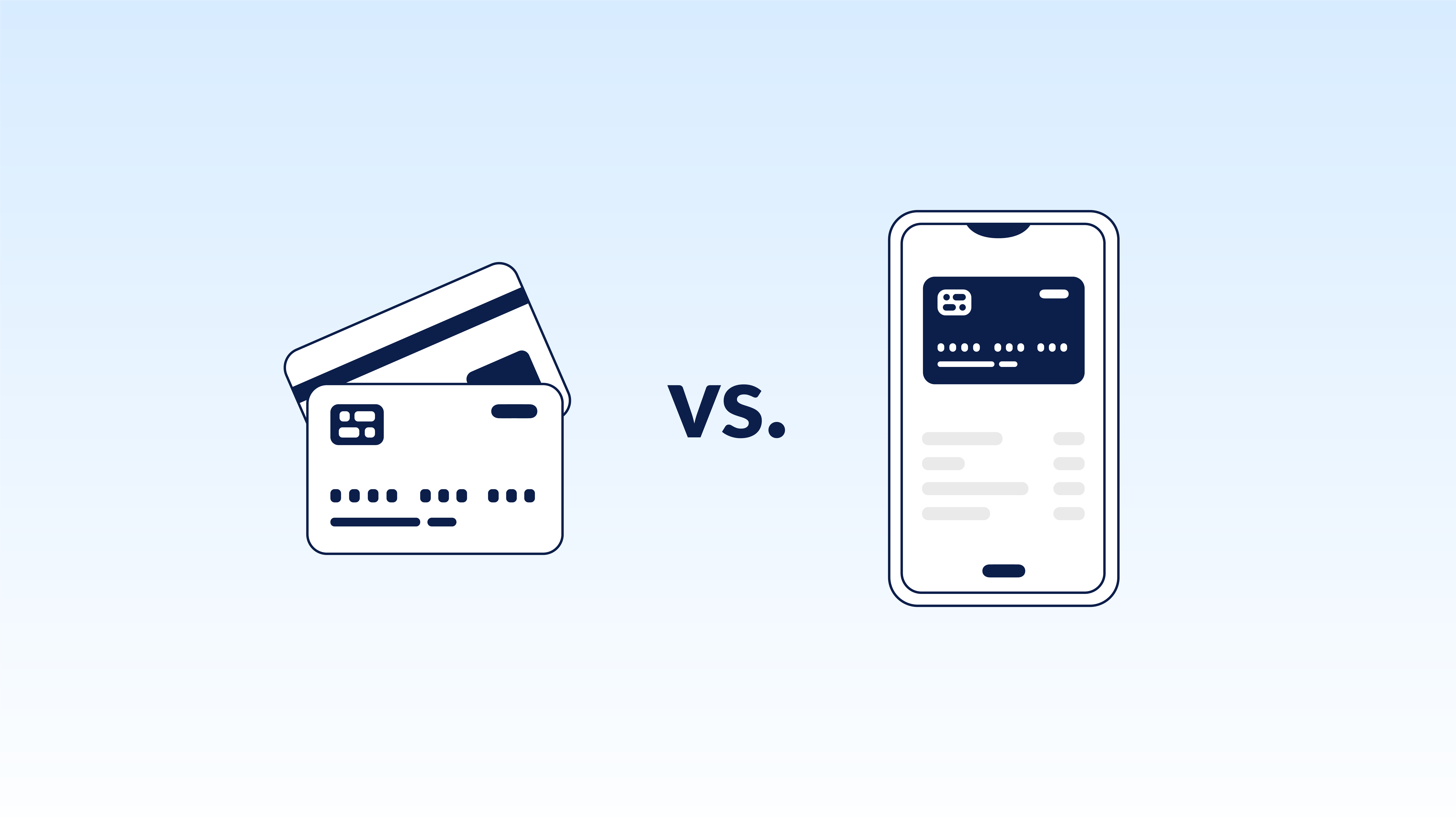Automated Accounts Receivable Programs: Cutting DSO by 30% in Six Months
In today’s economy, speed to cash is as important as speed to market. Companies that let receivables linger for 60, 75, or even 90 days are putting...
5 min read
September 23 2024
by
![]() Chris Cosgrove
Chris Cosgrove

With many advantages over traditional credit cards, virtual cards are secure and easy to use, making them a perfect choice for any progressive accounts payable department.
Payments have come a long way from the days of bartering and cash exchanges. Over the past few decades, we’ve witnessed the rise of checks, wire transfers, and traditional credit cards as standard payment methods.
Now, with the advent of digital banking, businesses have begun to embrace more innovative approaches to payment processing, driven by the need for efficiency, security, and flexibility. This move toward paperless and electronic payments has gained momentum, and now, we stand on the brink of a new era in corporate finance and accounting: virtual cards.
Virtual cards represent the next phase in the evolution of payments, especially for accounts payable (AP) and financial leaders who are looking for new ways to optimize vendor payments. These cards offer all the benefits of traditional credit cards but come with added layers of security, control, and accounting system integration. As more organizations explore virtual cards as a payment solution, understanding their potential impact is essential for financial leaders.
In this blog, we’ll break down what virtual cards are, how they work, and explore their advantages over traditional payment methods.
Virtual cards are digital payment cards that function much like traditional credit cards but with one key difference: They exist solely in digital form. A virtual card is generated for a specific transaction or vendor payment series, with a unique card number that is valid only for that particular use. Once the payment is completed, the card cannot be reused, significantly reducing the risk of fraud or unauthorized charges.
Like physical cards, virtual cards can be linked to existing bank accounts or credit card networks and provide the same functionality as a physical card without the need for the actual plastic. They have become increasingly popular in B2B transactions due to their ease of use, enhanced security features, and ability to integrate seamlessly into AP automation systems.
Virtual cards offer a level of convenience that traditional credit cards cannot match, and since they are generated and managed online, there is no need for your AP team members to carry physical cards. If your business makes frequent online purchases or has multiple employees making payments, you will find virtual cards particularly beneficial.
Accounts payable departments that use virtual cards to pay vendors can take advantage of significant cash rebates over time based on transaction volume. These rebates provide a direct financial return to a business, turning a routine payment process into a revenue-generating opportunity. Not only that, but they help offset an AP department’s operational costs, sometimes enough to pay for the cost of the automation solution.
The speed at which virtual cards can be issued and used is another significant advantage of choosing them for payments. Traditional credit cards can take days or even weeks to be delivered, whereas virtual cards can be generated and activated within minutes. This rapid issuance can be crucial for businesses that need to make urgent payments or respond quickly to financial requests or opportunities.
Security is one of the most compelling reasons to use virtual cards. Each virtual card is assigned a unique 16-digit combination and can be set with specific spending limits and expiration dates, which virtually eliminates the risk of fraud. If a virtual card number is compromised, it can be cancelled easily without affecting the main credit card account. Additionally, the temporary nature of virtual cards makes them less attractive targets for fraudsters.
Transactions made with virtual cards are instantly traceable and provide real-time monitoring capabilities, so your business can always maintain up-to-date information on your spending. This real-time visibility helps businesses manage their cash flow more effectively and identify any unauthorized transactions immediately.
With their ability to seamlessly integrate with various financial and accounting software systems, virtual cards help simplify the AP process by automatically syncing transaction data with your business's accounting software. The result is reduced manual data entry, fewer errors, and streamlined financial reporting.
One of the standout features of virtual cards is the level of control they offer. In addition to setting specific spending limits, virtual cards allow users to define expiration dates and restrict usage to certain merchants or transaction types. The granular control made available this technology helps prevent overspending and ensures that funds are used appropriately, unlike traditional credit cards, which typically offer less flexibility.
The automated processes involved in generating and managing virtual cards reduces the administrative burden on your accounts payable team, making efficiency a major benefit of virtual card use. By eliminating the need for manual entry and providing real-time transaction data, virtual cards streamline the payment process and free up valuable time for your finance staff.
Virtual cards are digital payment cards that function much like traditional credit cards but with one key difference: They exist solely in digital form. A virtual card generates a unique 16-digit card number for each transaction and this number is linked to the user’s primary credit card account–allowing businesses to maintain their existing payment infrastructure while enhancing security and control over expenditures.
When a payment is initiated, virtual card numbers replace actual credit card numbers, so even if a virtual card would become compromised, the primary credit card account remains protected. The charges incurred through the virtual card are then processed through the main account, a transaction that simplifies the payment process while safeguarding sensitive financial information.
To use a virtual card, an AP staff member must first log into their financial institution's online platform or virtual card application, and this process typically involves a few straightforward steps:
Implementing virtual cards within your AP department can offer numerous benefits, but it's common to encounter resistance both internally and from vendors. Understanding the sources of this resistance and taking proactive steps to address concerns will help ease the transition.
Internally, AP staff may resist using virtual cards due to unfamiliarity with the technology or concerns about potential disruptions to established workflows. Employees accustomed to traditional payment methods may worry about learning a new process, fearing that it will increase their workload or lead to mistakes.
To overcome employee resistance, it’s crucial to provide thorough training that highlights the simplicity and security of virtual card systems. By demonstrating how virtual cards streamline payment approvals, reduce fraud risk, and integrate seamlessly with accounting software, you’ll alleviate a variety of concerns. Additionally, when you engage employees early in the implementation process and encourage feedback, you’ll foster a sense of ownership and trust, minimizing internal pushback.
When it comes to vendors, resistance often stems from concerns about payment delays or unfamiliarity with virtual card transactions. Sometimes, vendors worry that switching from traditional methods like checks or wire transfers will complicate the payment process or result in delayed funds. In these cases, be sure to educate vendors about the benefits of virtual cards, including how they offer faster payment processing and enhanced security.
Shifting payments to virtual cards is a process, but it’s an easier one when you choose a reputable AP automation provider willing to work with you across the implementation process and beyond. To see how virtual cards work inside an AP software integration, contact CloudX by filling out the online form here.

In today’s economy, speed to cash is as important as speed to market. Companies that let receivables linger for 60, 75, or even 90 days are putting...

Managing operational costs today often means balancing operational costs against tight margins, making it essential to join a group purchasing...